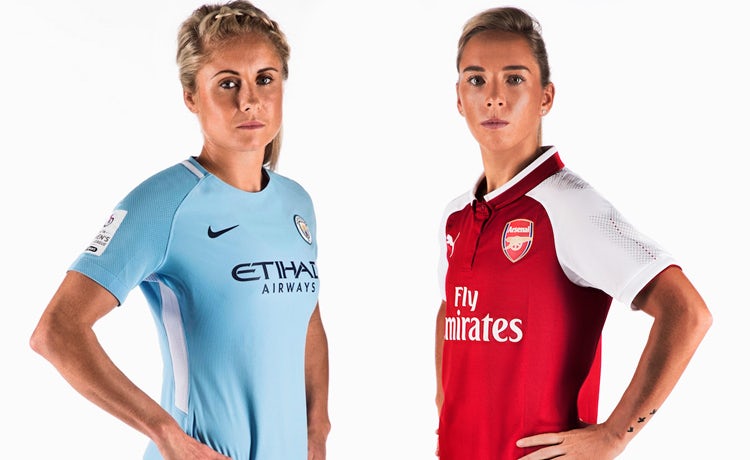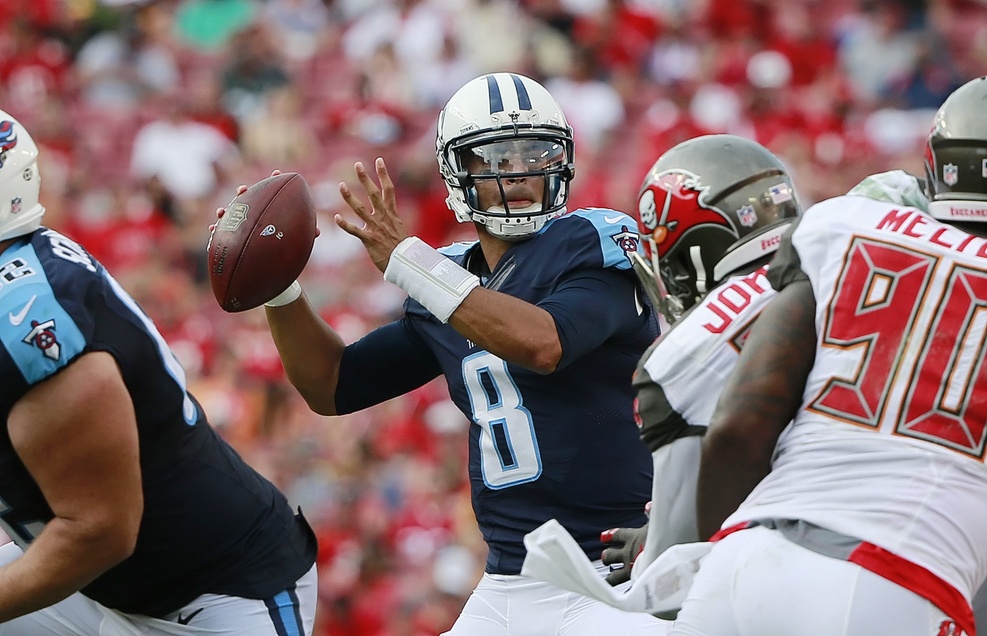As more brands wake up to the opportunities of women’s sport, the Football Association is hunting for brands that can boost the profile of the women’s game.
Women’s sport has long been seen as the poor cousin of its male counterpart. Match attendance is significantly lower, less people tune in from home and so sponsors have been slower to get on board.
The Women's National Football Conference Kicks Off 2019! Get On Board Today!
In 2016/17, the average attendance for the Women’s Super League 1 (WSL), the top league in women’s football, was just 1,128 (up from 1,076 the season before) compared to 35,822 for the men’s Premier League. On TV, the 500,000 people who regularly tune into the BBC’s Women’s Football Show is easily dwarfed by audiences for Match of the Day.However, there is growing interest in women’s sport. More than 4 million people (UK) watched England’s women’s football team take on the Netherlands in the UEFA Women’s Euros semi-final last year, and with success in women’s sport in cricket and rugby as well, it isn’t hard to argue that brands are missing a huge opportunity.
The Football Association (FA) believes that is the case, and is restructuring the women’s league to offer a better opportunity for brands. As part of the restructure, the top tier of women’s football will become the standalone FA Women’s Super League, while the second tier is being renamed the Women’s Championship League.
Currently known as the Premier League, the regionally split third tier will be renamed the Women’s National League North and South. And the fourth tier will also adopt the Women’s National League branding to be known as National League One.
The move marks the first time tiers one and two have been separated since the WSL was expanded to include WSL2 in 2014.
The opportunity for brands
The changes are aimed at transforming women’s sport into a “sustainable and successful high performance system”. The top league will now consist of 14 teams where all players are full-time and professional.
Described as a “landmark moment for women’s football”, the hope is it will lead to England producing more and better players, increase interest in the league, boost fan numbers and offer more commercial opportunities.
Those commercial opportunities include sponsorship. The FA’s head of commercial and marketing for women’s football, Marzena Bogdanowicz, believes that brands perceptions are changing, with women’s sport no longer seen as an “add on” but an opportunity in its own right. The FA wants to use that shift to increase revenues, but also to encourage young girls to be active and help inspire change in society’s perception of women’s football.
“It will allow us an opportunity to talk to a brand that can work with us on this journey. We want to showcase some of our freshest football stars and talk in terms of the opportunity football has on the community where those clubs are situated,” Bogdanowicz says.
Just last year the FA signed a three-year partnership with Disney, with the main aim of encouraging more girls to get involved and remove stereotypes in a predominately male-dominated sport.
And that’s exactly the path the FA intends to follow with new sponsors, according to Bogdanowicz, with brands anchored to a “key purpose” the most appealing to the organisation.
“What has amazed me is the power that football has. Football has genuinely, I believe, the power to make a generation of girls more active and [change] society’s view of women’s sport.”
What exactly is on offer to brands is unclear and will depend on the conversations the FA has with potential sponsors. Bogdanowicz says the FA is seeking a ‘lead’ partner but admits she doesn’t know “where that sits” or whether it might include naming rights.
However, the FA is open to a brand sponsoring the entire women’s football set-up across all 72 clubs, which would offer a “unique opportunity” to create a footprint across countless communities within the national league.
Tapping into women’s football fans
Currently the FA sees a mixed, but mostly family-based, audience watching women’s football. With that in mind, Bogdanowicz says the organisation will be seeking to take on sponsors that want to target this demographic, both at home and pitch-side.
“We want football to be the sport of choice for young girls,” she says.
“Brands that can work with us are the ones we are keen to work with. Our objective is not to tell a brand, ‘this is what you can do and this is what you can get from us’, but to help them achieve their objectives using women’s football.”
Digital partnerships between social media platforms and sport are becoming increasingly common, with Facebook Live now a popular network for fans to get up close and personal with their favourite sporting stars.
Bogdanowicz says the FA is open to exploring these opportunities, highlighting it as one of the organisations’ major areas of focus going forward.
“We want to look at the various ways girls and women consume football and ask ourselves, ‘what can we do that’s different?’,” she says.
“That’s in terms of different content structures and different ways of showcasing. It’s not just about 90 minutes.”
Social media can also help bring fans closer to their favourite players, and give more insight into the game. For example, Bogdanowicz explains how someone might see a clip on social media they like that then prompts them to watch a game.
“It just provides a different pathway to the game and what the Women’s Super League has to offer,” she says.












































